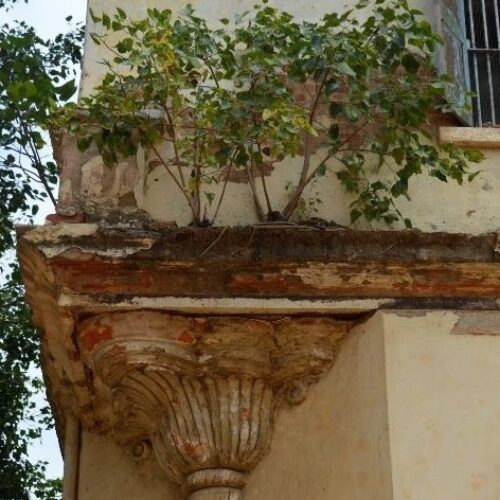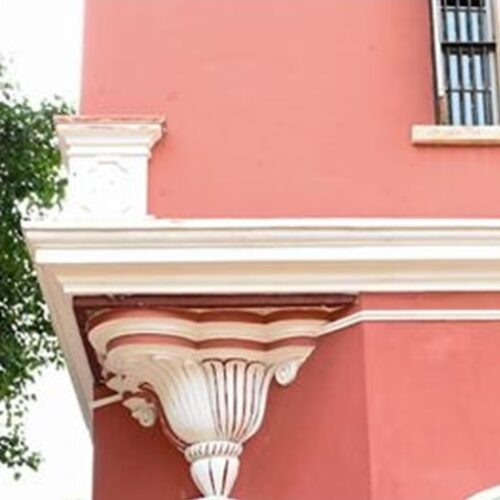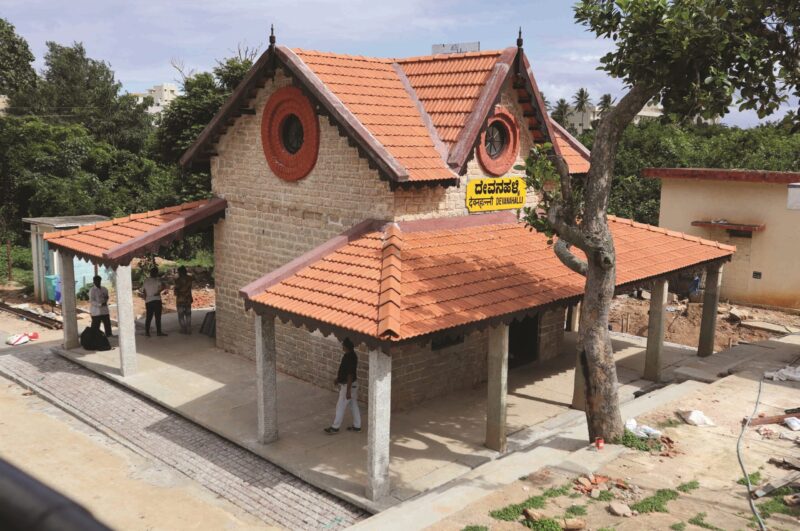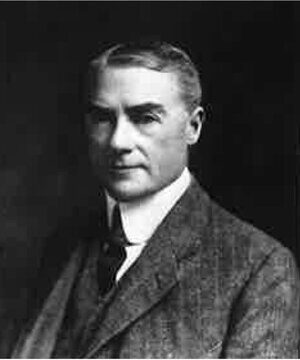Heritage Matters
Preserving the past for the future
Heritage is our legacy from the past, what we live with today, and what we pass on to future generations. Our cultural and natural heritage are both irreplaceable sources of life and inspiration.
~ UNESCO
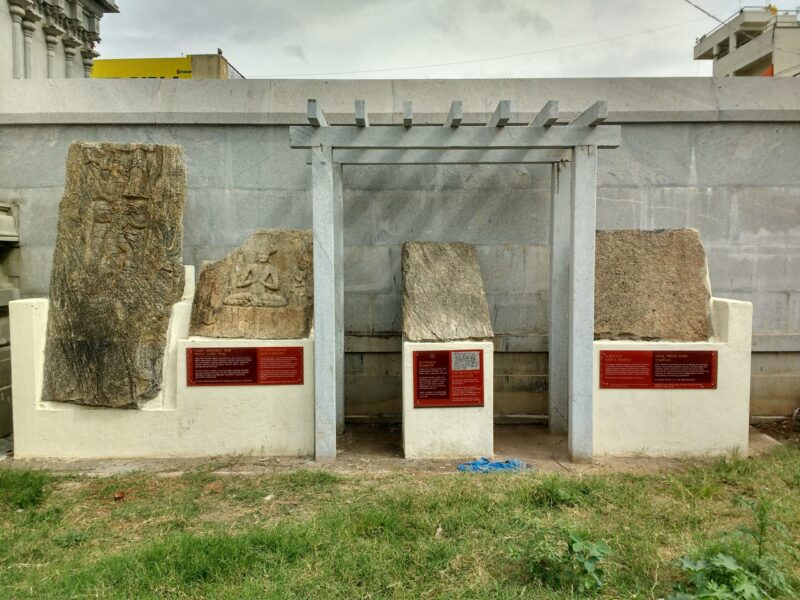
In 1982, it was truly an Indian Summer in England with an eight-month long Festival of India held between March and November. As the festival was winding up, noted Indian cultural activist Pupul Jaykar met members of the National Trust in London, with the objective of starting a similar organisation in India. Thus, Indian National Trust for Art and Cultural Heritage (INTACH) was born and registered on January 27, 1984 with Indira Gandhi as patron and Rajiv Gandhi as its chairman.1
While Archaeological Society of India was founded by General Alexander Cunningham in 1861, INTACH also has a British connection as it was partly funded by a British industrialist, Charles Wallace (see below).
Over the last four decades, INTACH has grown to become one of the largest volunteer-driven non-governmental bodies with over 210 chapters in India and funds exceeding ₹176 crores on its balance sheet.2 Today, INTACH is also supported by Corporate Social Responsibility (CSR) programs and funds from international donors such as The Helen Hamlyn Trust, London and National Museum, Denmark. 3
In Bengaluru, heritage has been in the news ever since an attempt was made to demolish the Attara Kacheri in 1982 and INTACH has been at the forefront of the conservation battle. Ironically, the Bengaluru Development Authority Act was passed much earlier in 1976 and the Urban Art Commission was set up according to Section 51 of the act. The commission identified 140 historic buildings and 55 of these were marked as important. However, there was no law to prevent demolition of a historic building if the owner decided to do so and effective enforcement of any restrictions depended on political will.
Fast forward to 2022 and we are still fighting to preserve our heritage. In a belated but welcome step, a heritage survey was conducted as part of the overall 2031 Bengaluru Master plan in 2015, three decades after the previous attempt by the Bengaluru Urban Art Commission. The Master Plan acknowledges that heritage and preservation play an important role in the growth of the city and is therefore an integral part of urban development. It strongly recommends a separate Heritage Master Plan that covers natural, cultural and built heritage. Interestingly, the survey classified 97% under the built category comprising sites, buildings and monuments. 4,5 It is another matter that there is a big gap between words and action. For example, the 2015 Revised Master Plan had proposed to renovate 300 heritage buildings in the city by spending ₹15 lakhs each 6 and it is safe to conclude this was never achieved.
Bengaluru.com spoke to Meera Iyer, convenor of INTACH Bengaluru chapter to understand more about issues impacting heritage conservation and the chapter’s goals and projects.
When was INTACH Bengaluru chapter started?
What are some of the chapter’s main activities?
What about working with the government as they are key to any heritage conservation?
One independent study reported that about 65% of heritage buildings in the world don't have maintenance or funding. What about Bengaluru?
INTACH Restoration Project – Fort High School
INTACH had proposed that buildings over 100 years old must be designated as heritage buildings but it was not accepted. Your comments?
Most heritage buildings disappeared in the last 20 or 30 years before the regulations came out in 2020. What should be done about this?
How do you identify a project for restoration?
What are the challenges that you face in restoration projects?
Do you feel that there is an increased awareness about history and heritage in our society?
What triggered the idea of writing Discovering Bengaluru? How long did it take?
INTACH Restoration Project – Octroi Post
What are some of the future projects of INTACH Bengaluru?
Credits
Main Image: Fort High School before and after restoration
Images © INTACH, Bengaluru
Video of Octroi Post restoration © MINDIA Films
The images may not be copied or used without the prior written permission of the copyright holders.
References
- Indira Gandhi, A biography by Pupul Jaykar
- INTACH Annual Report 2021, page 198
- http://www.intach.org/partners-fcra-2018-19.php accessed on November 11, 2022
- Revised Master Plan for Bengaluru-2031 Volume 3 – Master Plan Document, page 19
- Final Report Revised of Structure Plan-2031 Bengaluru Metropolitan Region
- https://bdabangalore.org/uploads/files/TPM_Documents/BangaloreMasterPlan2015_VisionDocument.pdf page 62, accessed on November 24, 2022

